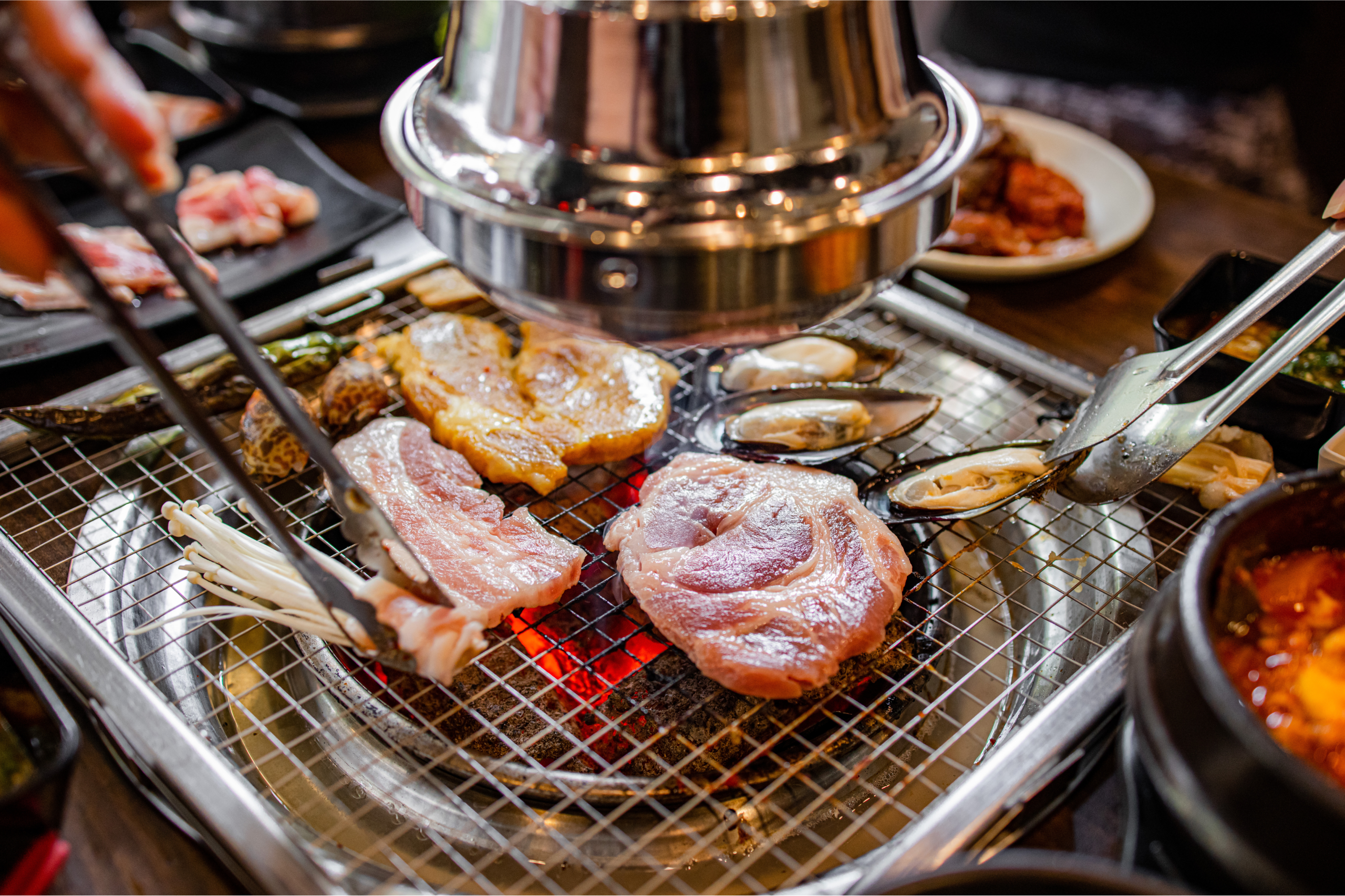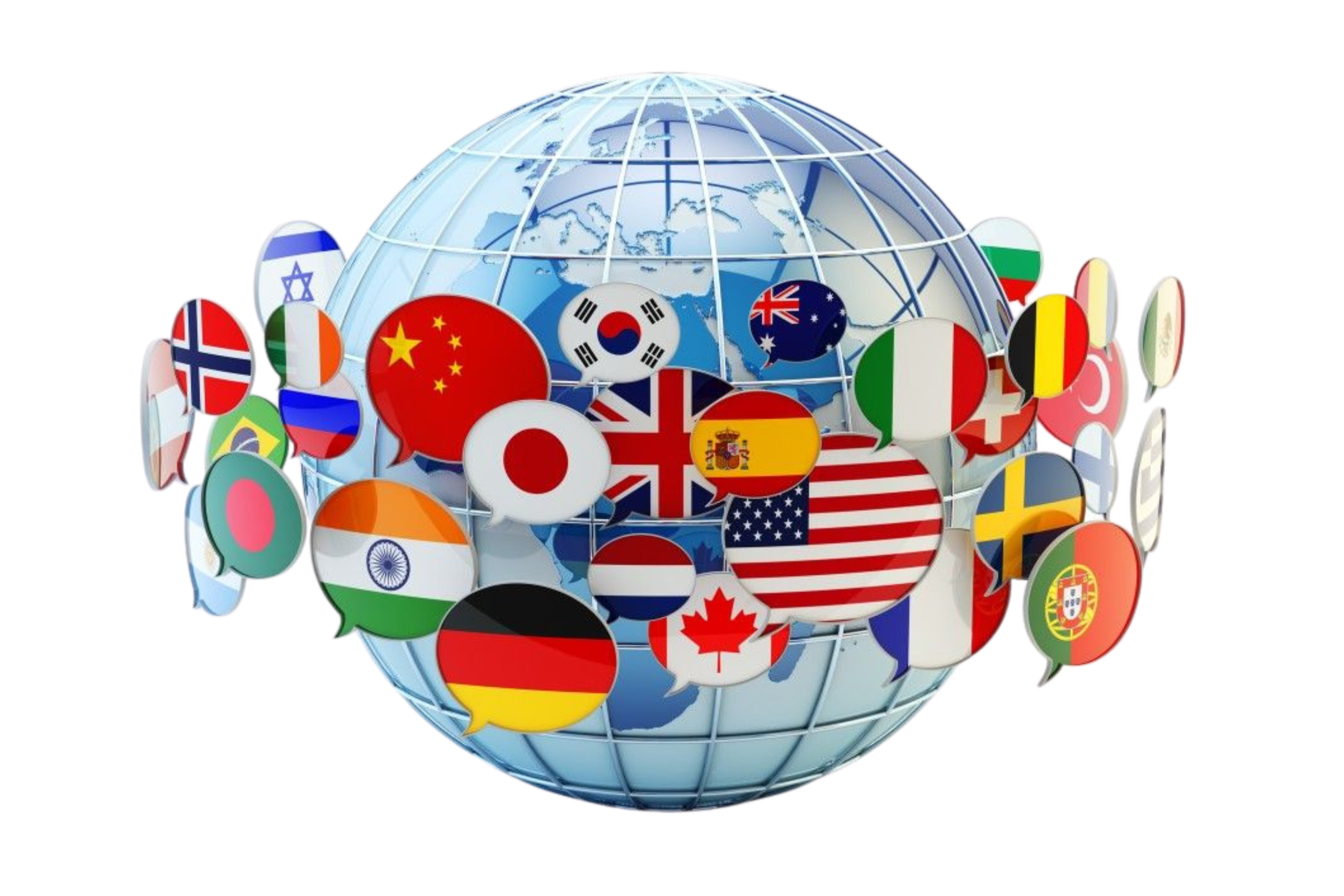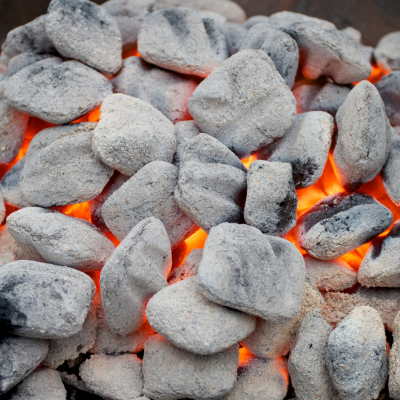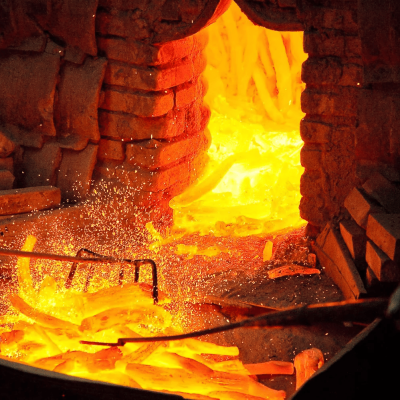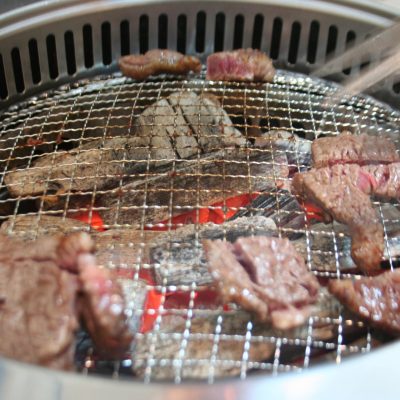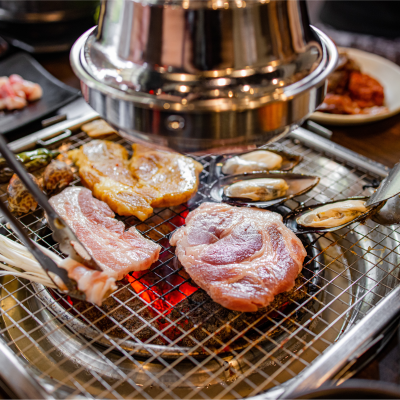Top 5 Wood Charcoal Exporting Countries in 2024: Market Share & Global Insights
Introduction
The global wood charcoal market continues to expand, driven by diverse uses in cooking, metallurgy, and industrial production. As the world embraces sustainable fuel alternatives, wood charcoal remains a critical energy source for both developing and developed economies.
For exporters and buyers alike, understanding which countries dominate charcoal exports — their market share, product focus, and trade connections — provides valuable insights for strategic decision-making.
According to the International Trade Centre (ITC) Trade Map, HS Code 4402, total global wood charcoal exports reached $1.53 billion in 2024. Five countries stood out as global leaders, together accounting for nearly 46.4% of the total trade value.
Let’s explore these Top 5 wood charcoal exporting countries, what makes them strong, and how they shape the global charcoal market.
👉 Watch how Vinachaki produces world-class charcoal: Click here
1. Vietnam – A Key Player in High-Quality Charcoal Exports
-
Export value (2024): $92.0 million
-
Market share: 6.01% of global exports
-
Top importers: South Korea, Saudi Arabia, China, Japan, UAE
Vietnam continues to strengthen its position as a reliable and high-quality charcoal exporter in Asia.
Why Vietnam stands out
-
Diversified product range: From hardwood lump charcoal to sawdust briquettes and Binchotan alternatives, Vietnam’s offerings match the needs of both industrial and culinary markets.
-
Superior quality control: Exporters like Vinachaki maintain strict standards — ensuring stable burning, low smoke, and long heat retention.
-
Sustainability commitment: Many Vietnamese producers focus on eco-friendly production, reusing sawdust and agricultural by-products to reduce waste and emissions.
Vietnam’s combination of quality, consistency, and sustainable sourcing has made it one of the most trusted suppliers for premium buyers in Japan, South Korea, and the Middle East.
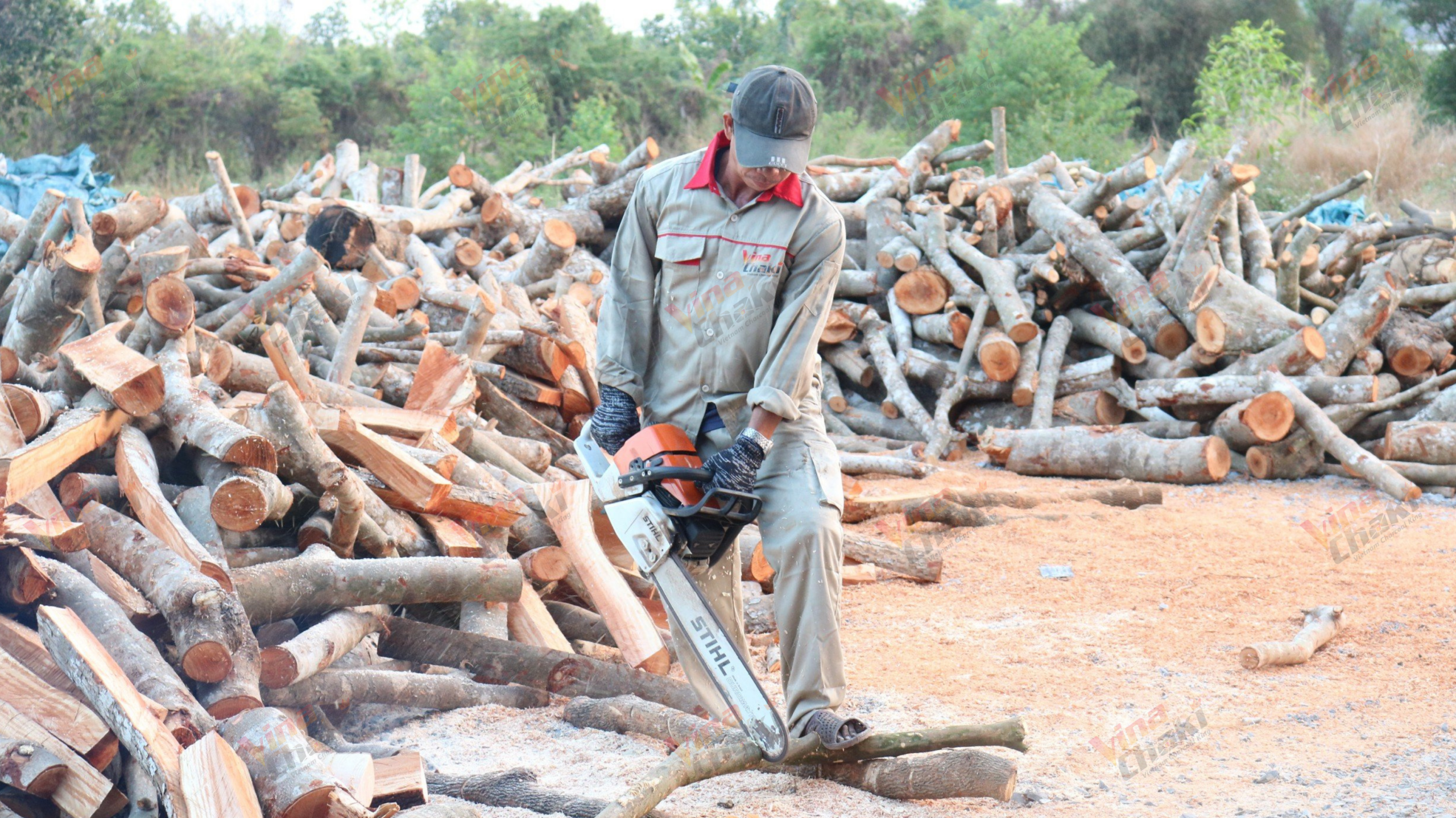
2. Indonesia – The Global Powerhouse of Charcoal Exports
-
Export value (2024): $351.4 million
-
Market share: 22.96% of global exports
-
Top importers: Saudi Arabia, Iraq, Malaysia, Lebanon, Türkiye
Indonesia firmly holds its position as the world’s largest wood charcoal exporter, supplying more than one-fifth of total global exports.
Why Indonesia dominates charcoal exports
-
Abundant raw materials: With vast forests and plentiful coconut plantations, Indonesia produces both hardwood and coconut shell charcoal at scale.
-
Industrial-scale production: Modern factories enable consistent supply and uniform quality to meet global standards.
-
Strategic geography: Its central location between Asia and the Middle East allows for efficient logistics and strong trade links with major buyers like Saudi Arabia and Malaysia.
Indonesia’s ability to balance high volume and quality consistency makes it the top choice for importers across the Middle East and Asia.

3. Lao PDR – The Rising Regional Supplier
-
Export value (2024): $102.2 million
-
Market share: 6.68% of global exports
-
Top importers: South Korea, Vietnam, Japan, China, Thailand
Laos has quietly emerged as a significant exporter in the Asian charcoal market.
Why Laos is gaining momentum
-
Rich forest resources: Natural forests provide steady access to dense hardwood materials ideal for charcoal production.
-
Regional trade integration: Strong cross-border trade with Vietnam, China, and Thailand supports stable export growth.
-
Competitive advantage: Lower production costs and proximity to key buyers allow Laos to expand market share within Asia.
Although still smaller than Indonesia, Laos’s export performance demonstrates long-term growth potential and a rising role in regional supply chains.

4. The Philippines – Asia’s Coconut Charcoal Specialist
-
Export value (2024): $84.3 million
-
Market share: 5.51% of global exports
-
Top importers: China, Japan, South Korea, Hong Kong, Türkiye
The Philippines remains a key Asian exporter, particularly known for coconut shell charcoal — a by-product of its thriving coconut industry.
Reasons behind strong exports
-
Raw material advantage: Coconut shell is abundant, renewable, and ideal for producing clean-burning charcoal.
-
Cost efficiency: Competitive labor and raw material costs help Philippine exporters maintain attractive pricing.
-
Stable demand: Asian countries, especially Japan and Korea, rely on Philippine charcoal for restaurant grilling and industrial heating.
Its focus on coconut-based charcoal positions the Philippines as a specialized and dependable supplier in the regional market.
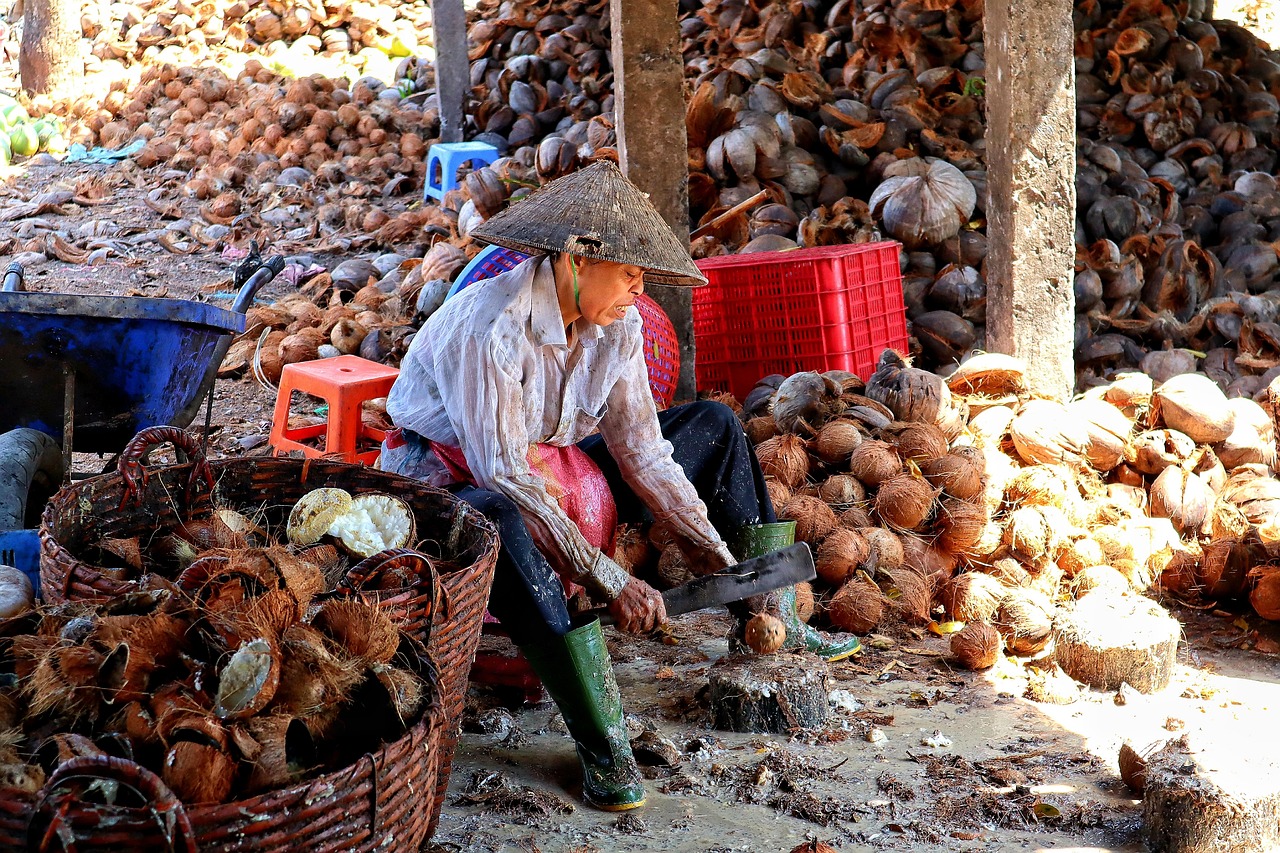
5. China – Balancing Imports and Exports
-
Export value (2024): $80.4 million
-
Market share: 5.25% of global exports
-
Top importers: Japan, Saudi Arabia, South Korea, South Africa, UAE
China is a unique player in the global charcoal trade — both a major importer and exporter.
Why China remains influential
-
Massive domestic production: The country’s large-scale facilities process significant volumes of wood and bamboo charcoal.
-
Export versatility: China supplies charcoal to a wide range of markets, from Asia to Africa and the Middle East.
-
Dual trade role: Imports supplement domestic consumption, while exports target buyers seeking economical bulk supply.
This dual presence highlights China’s central role in global charcoal trade flows, influencing both supply and pricing trends worldwide.

🌍 Global Charcoal Export Overview (2024)
According to ITC Trade Map (HS Code 4402), total global wood charcoal exports reached $1.53 billion in 2024.
The Top 5 exporters — Indonesia, Laos, Vietnam, the Philippines, and China — accounted for $710 million, or 46.4% of the global market.
This concentration shows a competitive but opportunity-rich industry, where emerging suppliers from Asia continue to gain ground against traditional exporters.
Key Takeaways for Importers & Exporters
| Country | Export Strength | Key Insight |
|---|---|---|
| Vietnam | Global leader in volume & variety | Reliable large-scale supplier with industrial strength |
| Laos & Indonesia | Sustainable Asian exporters | Focus on stable quality and eco-friendly production |
| Philippines | Coconut shell charcoal expert | Competitive pricing and renewable materials |
| China | Dual importer & exporter | Flexible supply chain with global reach |
Partner with Vinachaki – Vietnam’s Trusted Charcoal Exporter
As one of Vietnam’s leading wood charcoal manufacturers and exporters, Vinachaki is proud to supply premium-grade BBQ charcoal, sawdust briquettes, and Binchotan alternatives to customers worldwide.
Our production facilities in Bình Định and Bình Dương follow strict quality control standards to ensure consistent burning performance, high heat output, and minimal ash — ideal for both culinary and industrial applications.
With over a decade of export experience, Vinachaki continues to expand into global markets, building long-term partnerships based on trust, quality, and sustainability.

